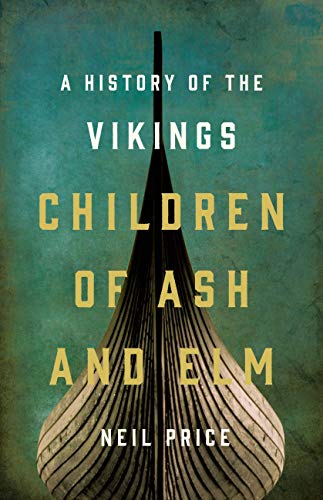We interrupt our regular programming to bring you volcano news, as we have just had one in Iceland. The current eruption started on the evening of March 19th in Geldingadalur, which roughly translates to Eunuch Valley, although it probably refers to horses rather than people. The Reykjanes peninsula is the youngest part of Iceland and it has five live volcano zones. At one end is the international airport and at the other is the capital city of Reykjavik.
The eruption may have little to do with Eastern Vikings, but it does actually connect to Viking history. The last series of eruptions here began in around 950 CE, so roughly a century after settlement of Iceland began. It lasted for around 300 years. Among the largest eruptions was one that took place at around the year 1000 and is called the “Christianisation Eruption,” as it happened at the same time that Iceland was becoming Christian. Some pagans took this as proof that the gods did not approve of the new custom, as it was called, but the Christians pointed out that many eruptions had taken place before, and so could hardly be traced to the anger of the gods.
The largest eruption took place in 1226, six years after the Saga writer Snorri Sturluson returned from Norway and so is mentioned in annals. It is said that the there was a winter of sand falling from the sky. The eruptions finally ended in around 1240, the year before Snorri died. Since that year also marked the end of the Kyivan Rus with the Mongols sacking Kyiv, as well as the last Viking raids around Scotland, one can say that the Viking Age was bookended by volcanic eruptions.
There has not been another eruption on the peninsula for 781 years, that is, until last night. Time will tell if we will get another sandfall winter or 300 years of eruptions, but as for now, it doesn’t look too bad.
If you want to see the eruption live, it is being streamed by Icelandic National Television: https://www.ruv.is/frett/2021/03/20/beint-vefstreymi-fra-eldstodvunum

